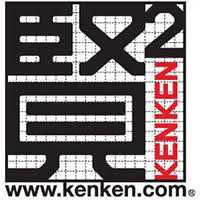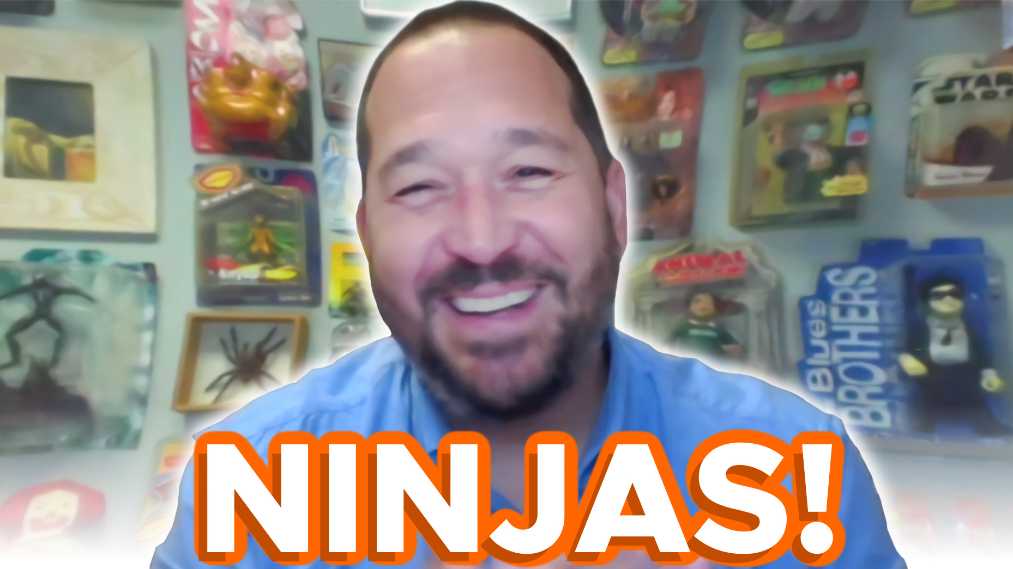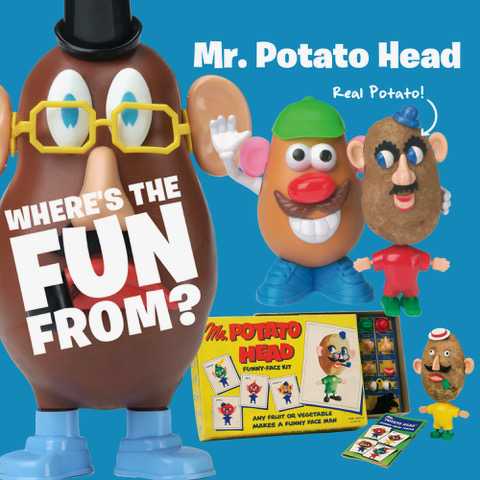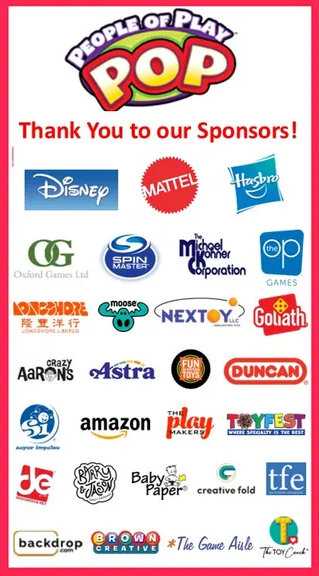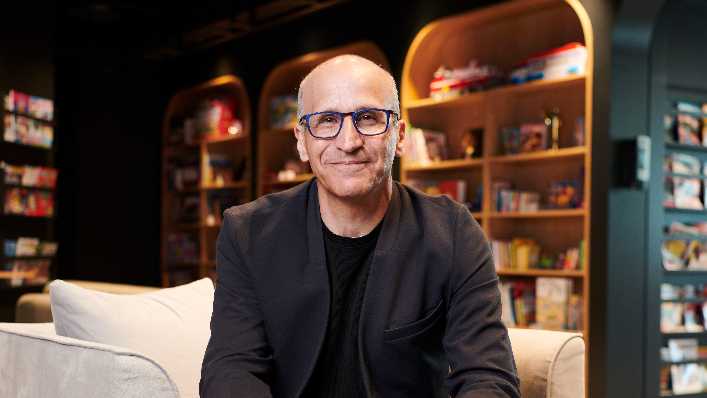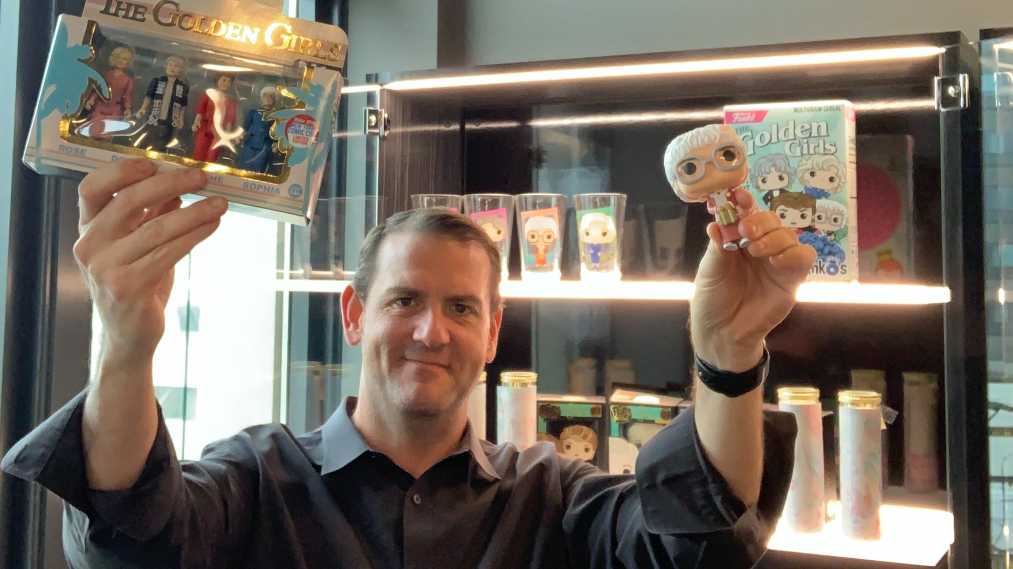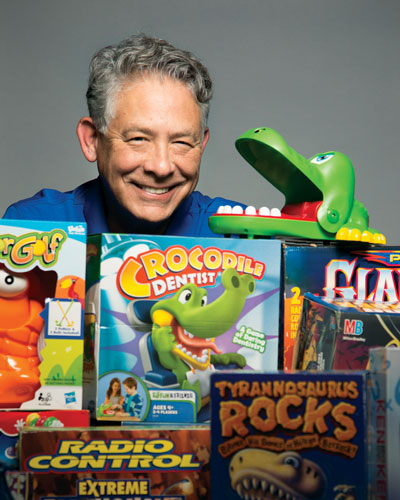Matt Nuccio: Tariffs and the Independent Inventor: What You Need to Know
by Matt Nuccio | 19 Jun 2025
Industry Commentary, Op-Ed
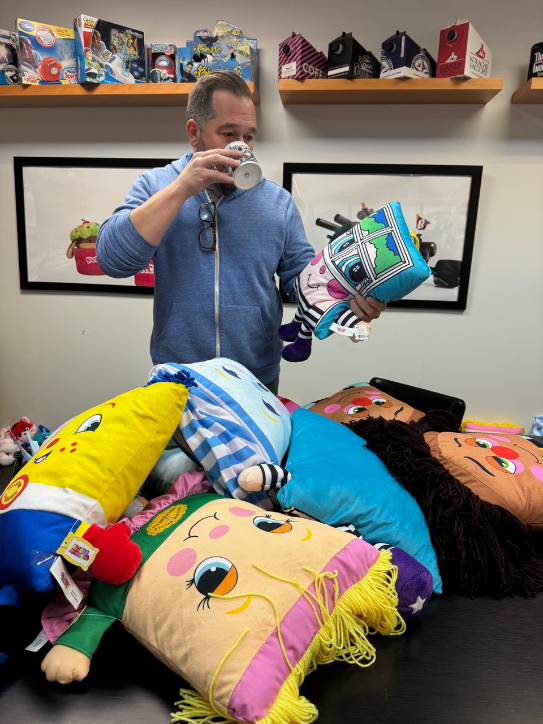
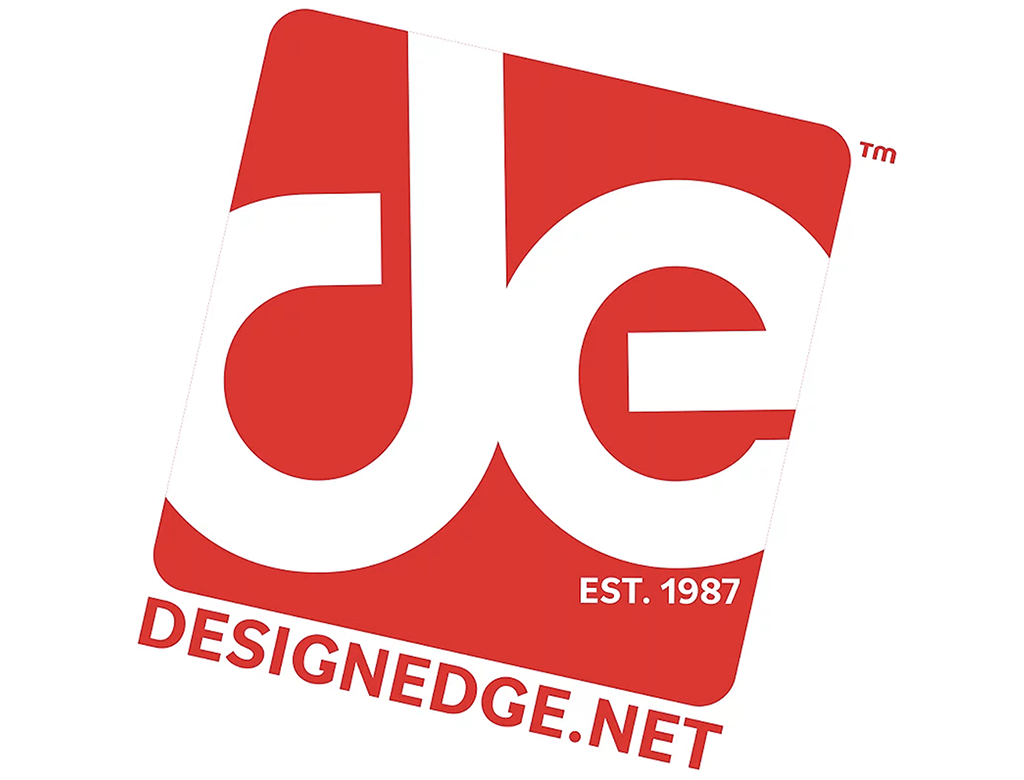
Tariffs aren’t exactly the sexiest topic in the world of invention. They don’t spark the same excitement as a great new product idea or the buzz of a toy hitting the shelf. But make no mistake, tariffs have a real impact on inventors, especially those trying to bring their ideas to life through self-production or those licensing into categories heavily reliant on overseas manufacturing.
In recent months tariffs, particularly those tied to imports from China, have shifted from background noise to a front-and-center issue for many in our industry. As someone who’s spent decades developing, manufacturing, and launching products for both inventors and brands, I’ve seen firsthand how these policy changes ripple through the entire creative ecosystem. …and here’s the truth, inventors often get hit the hardest.
Hidden Costs, Big Impact
Many inventors operate on tight budgets. Whether they’re self-producing small runs or managing early-stage licensing deals, their margins are already razor thin. Tariffs, essentially taxes on imported goods, can add anywhere from 10% to 30% (at one point 145!!!!) to the cost of goods. That’s not just a line item, it’s a game changer.
For a large company with deep pockets and flexible pricing strategies, tariffs are a headache. But for an independent creator trying to bring a $20 retail product to life, that added cost could mean the difference between profit and loss, or whether the product gets made at all.
Suddenly, your landed cost goes up, your retail price becomes less competitive, and retailers may think twice about taking on your line. And unlike the big players, you don’t always have the leverage to renegotiate with factories, adjust MOQ’s, or hedge with multiple sourcing strategies.
Licensing Deals Get Tighter
Even for inventors who choose the licensing route, tariffs have consequences. When manufacturers face higher production costs due to tariffs, they often cut elsewhere to maintain margins. That could mean lower royalty rates, smaller advances, or shelving riskier concepts altogether. Companies might shift their focus toward proven sellers or evergreen brands rather than taking chances on new ideas.
I’ve seen licensors ask inventors to “hold tight” while they reconfigure pricing, retool for different factories, or try to determine if a product is even viable in the current trade climate. It adds more friction and more delay to a process that’s already tough to break into.
The Factory Shuffle
One common workaround for tariffs has been moving production out of China to countries like the U.S, Vietnam, India, or Mexico. Sounds simple enough, right? In theory, yes, but in practice, shifting production takes time, effort, and capital. Tooling may need to be redone (tooling is not one size fit all). Quality may need to be adjusted. Entire supply chains need to be rebuilt. ..and all of that takes time.
For a solo inventor or small startup, that kind of flexibility is rarely in the cards. You’re often at the mercy of your factory’s capabilities, and those factories may be navigating their own challenges trying to move operations while keeping up with larger clients.
So, What Can Inventors Do?
First, stay informed. Keep an eye on tariff changes, especially those tied to your product category. These things shift with administrations, trade negotiations, and global events. What’s true today might not be true next quarter.
Second, build in flexibility. When you’re sourcing or planning pricing, give yourself some cushion. That might mean looking into alternate materials, simplified packaging, or even exploring domestic manufacturing for part of the process, like assembly or fulfillment.
Third, if you’re licensing, understand your licensee’s challenges. A little empathy and a collaborative mindset go a long way. If they need more time or are asking for revised terms, it’s often not personal—it’s survival.
A Community That Adapts
The inventor community has always been scrappy, creative, and resourceful. Tariffs are just another curveball, one of many. And while they’ve made things harder for many of us, they’ve also forced innovation in sourcing, business models, and production strategy.
If anything, this moment is a reminder that inventing isn’t just about the product, it’s about navigating the business landscape that surrounds it.
We may not have control over international trade policy, but we do have control over how we respond. That’s where the real invention happens. Let’s keep innovating!!!!!
Related Blogs
Recent Blogs

Biographies and Interviews
Catching up with Eric Olsen, The Inventor of Flip 7 and Co-Creator of Messy Table Games
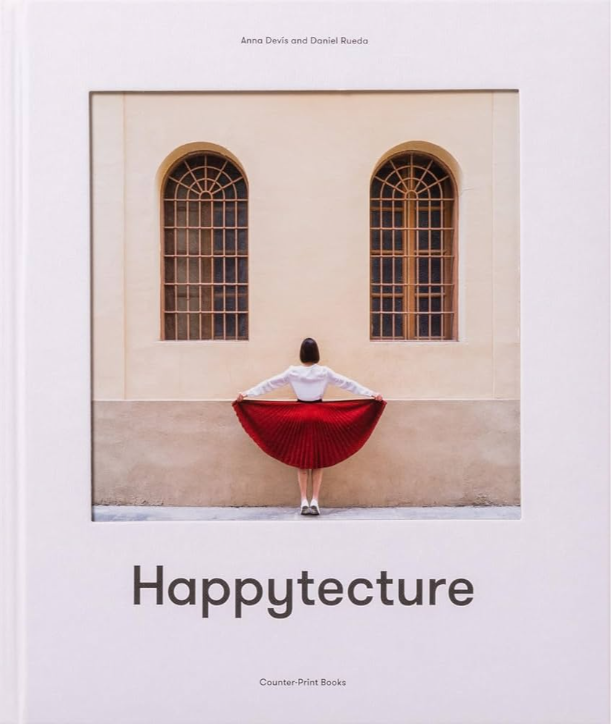
Reviews
Book Review: Happytecture by Anna Devís & Daniel Rueda
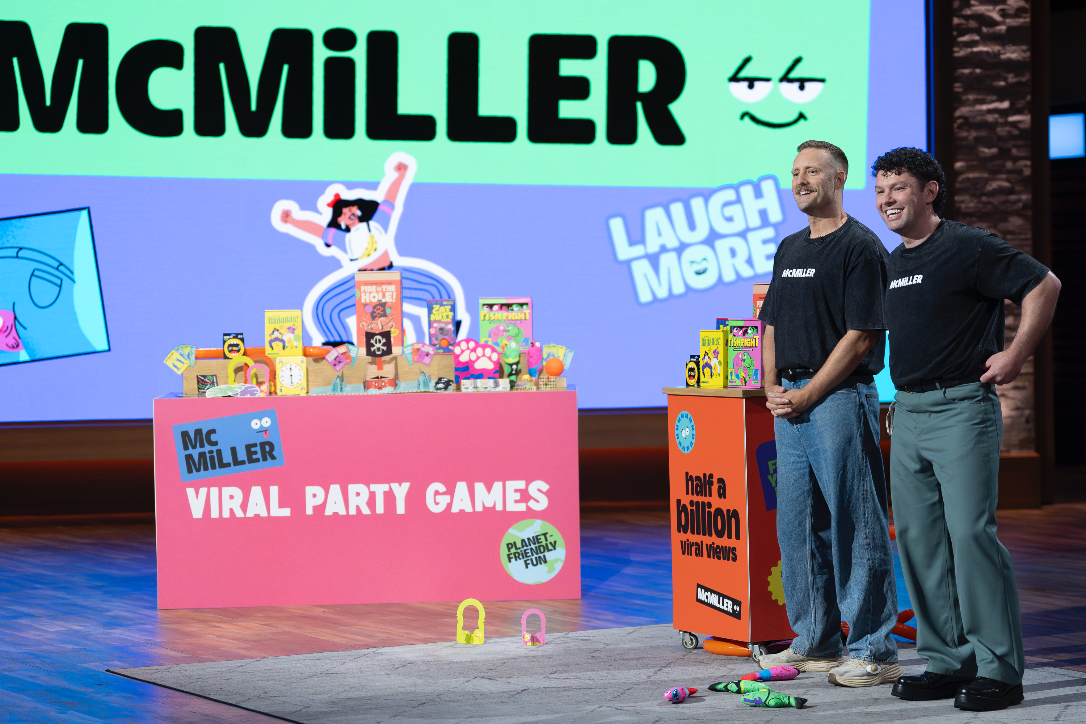
Biographies and Interviews
From Stage Lights to Game Nights: McMiller’s David & Julian on Shark Tank (Dec 10th), Viral Success & Building a Business With Your Husband

Press Release
Leslie Scott (creator of Jenga) announces the launch of BOUNDLESS PLAY
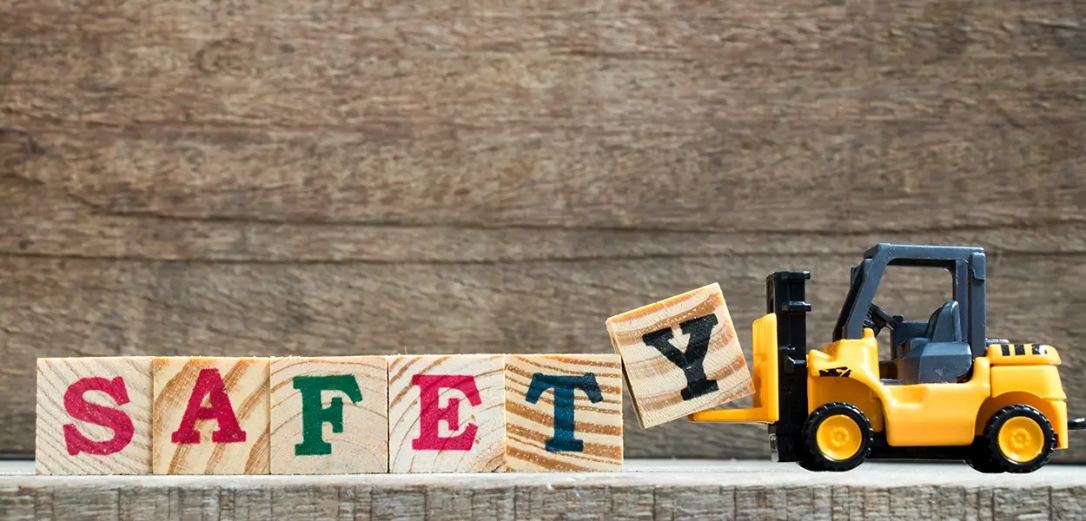
Press Release
New Study Highlights the Importance of Shopping from Trusted Toy Brands & Retailers this Cyber Monday
See more
Recent Wiki

BOOK REVIEWS
Toy Review: Monster Jam Smash & Bash Grave Digger Monster Truck
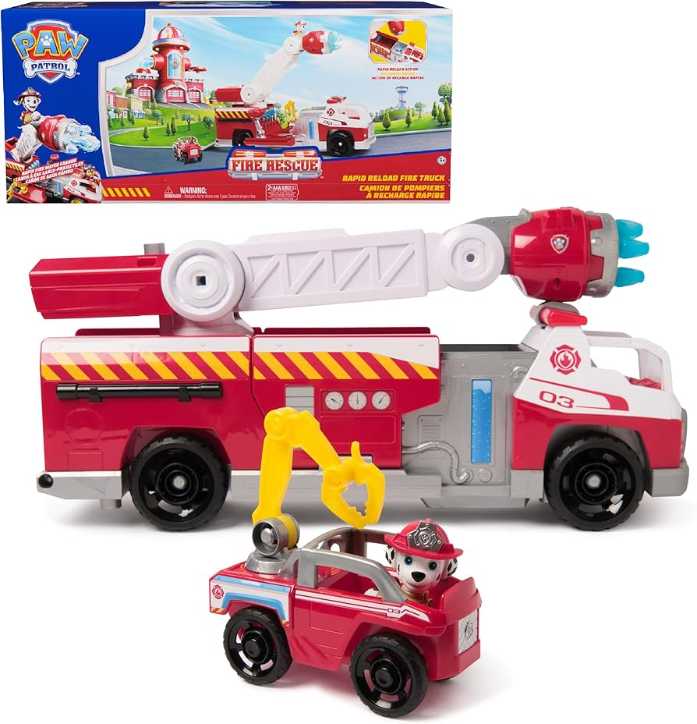
BOOK REVIEWS
Toy Review: Marshall's Rapid Rescue Fire Truck

COMPANIES
Zigazoo Secures Partnership with YouTube Star Like Nastya to Inspire Millions of Kids

PEOPLE
A Legacy of Play: Inside the Carlson Family’s Multi-Generational Journey Through the Toy Industry
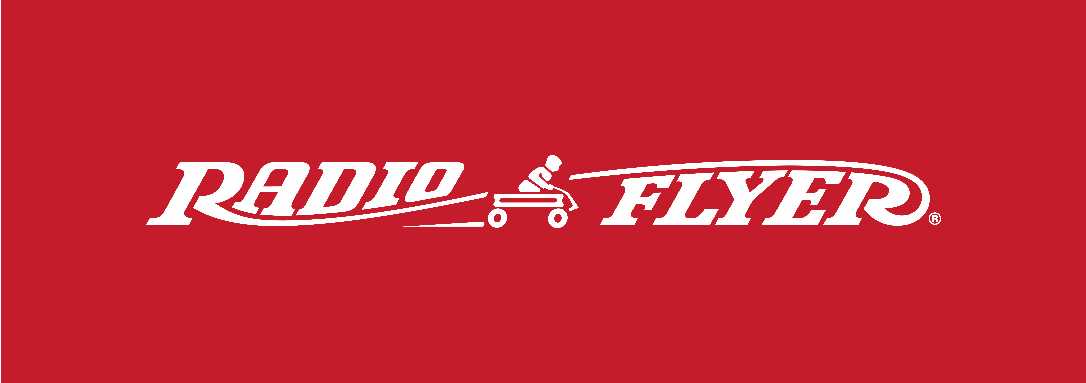
COMPANIES
Radio Flyer Studios Announces the Launch of its First Original Animated Series, Max & Maple: The Can-Do Kids
See more
POP's Got Talent

POP Entertainment
Randy Klimpert Shares his Ukulele Collection
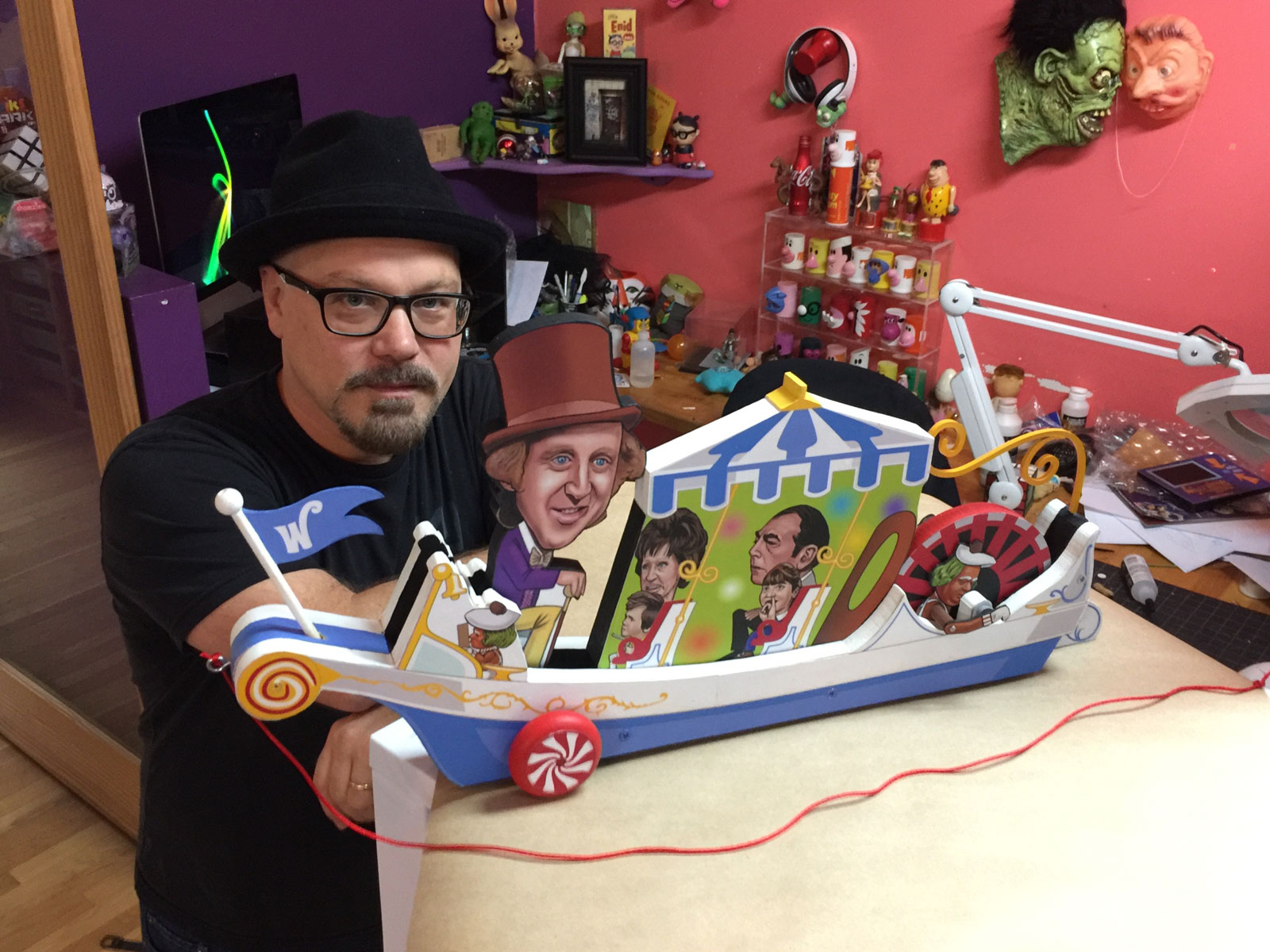
POP Entertainment
Steve Casino Peanut Art
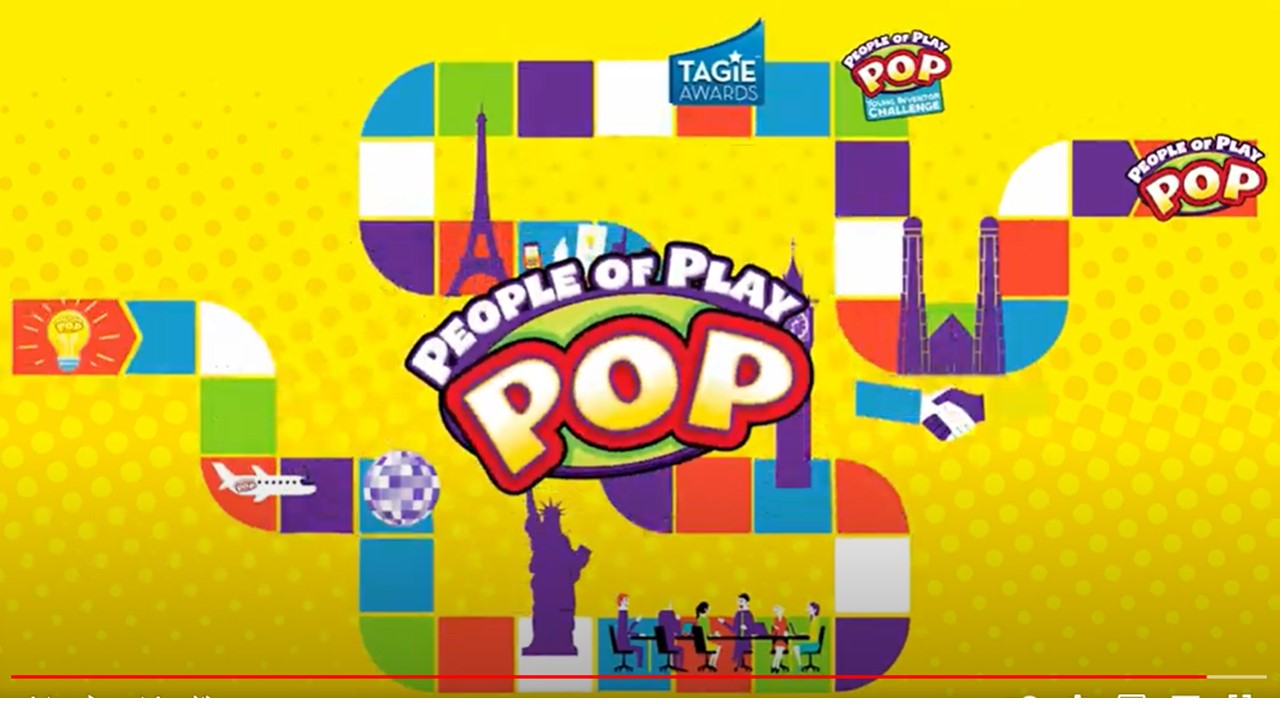
POP Entertainment
Everyone's Talking about POP!
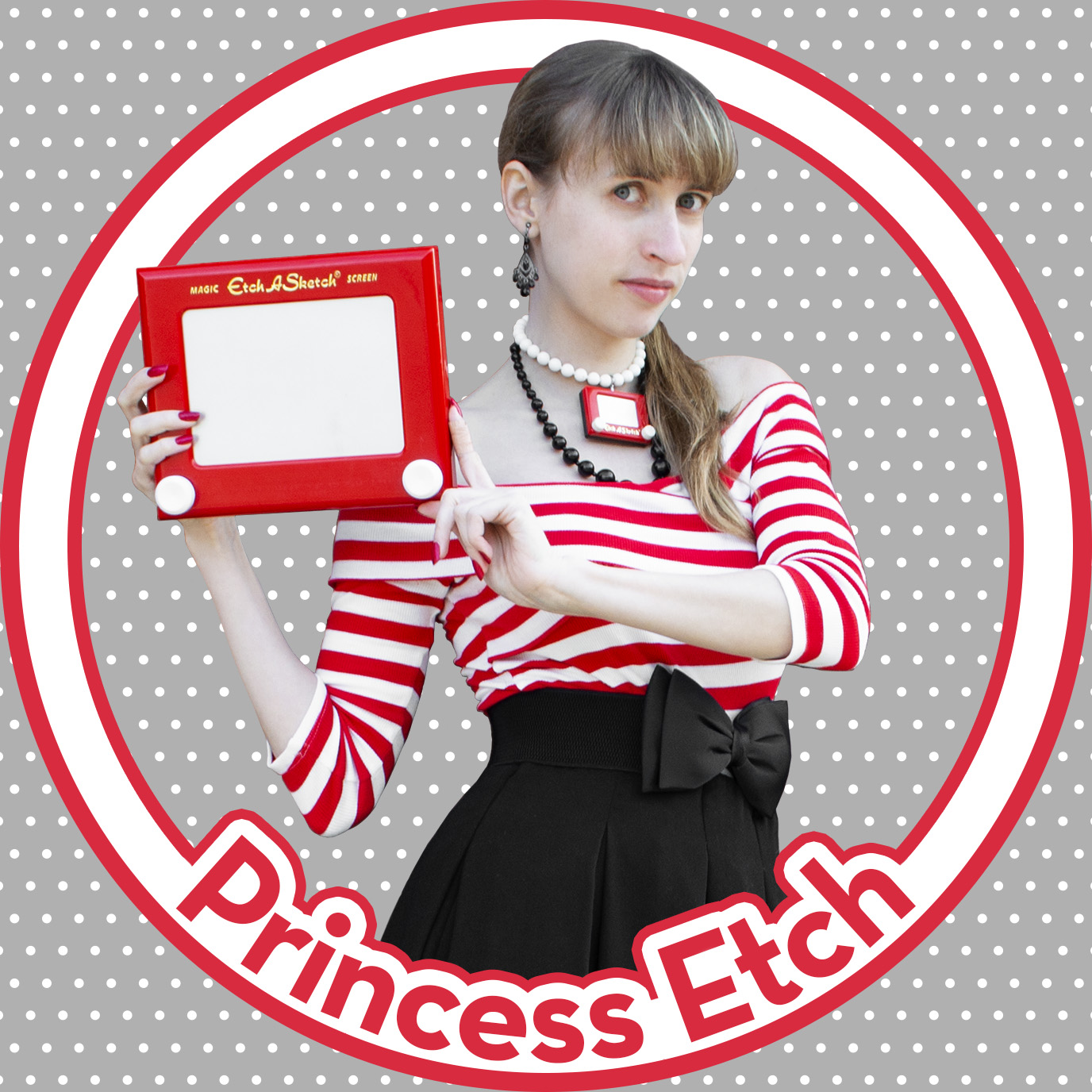
POP Entertainment
Princess Etch - a Multi-Talented Etch A Sketch Artist
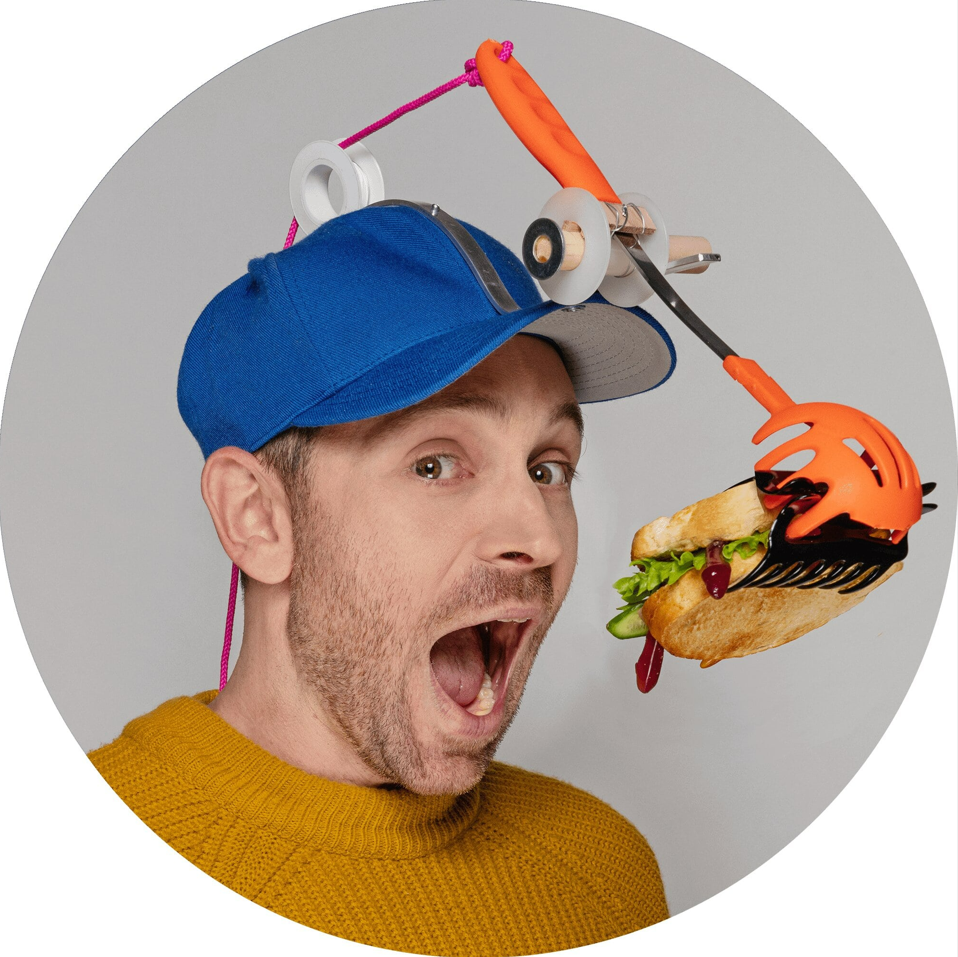
POP Entertainment
Joseph Herscher of Joseph' s Machines.
See more
Recent POPcast

Hidden Role: The Brains Behind your Favorite Games
Connie Vogelmann designed Apiary & Wyrmspan!

Hidden Role: The Brains Behind your Favorite Games
Bob Fuhrer... Is THE Crocodile Dentist!

Hidden Role: The Brains Behind your Favorite Games
Tom Dusenberry... Bought Atari, Wizards of the Coast, and Avalon Hill!

Hidden Role: The Brains Behind your Favorite Games
Matt Leacock created Pandemic... the game!

Hidden Role: The Brains Behind your Favorite Games
Scott Brown and Tim Swindle... are Launching a New Sport!
See more
POPDuos

POPDuos: Interviews with Legends and Leaders
POPDuo: Richard Dickson, Mattel’s President & COO, and Kedar Narayan, Young Inventor Challenge AMB

POPDuos: Interviews with Legends and Leaders
POPDuo: Will Shortz and Josh Wardle

POPDuos: Legends and Leaders Explore Creativity
POP Duo: Elan Lee, Co-Founder, Exploding Kittens.and Jeff Probst, Host and Exec Producer, Survivor

POPDuos: Legends and Leaders Explore Creativity
POP Duo: David Fuhrer, MNG Director, Blue Sq Innovations & Shawn Green, past Dodgers & Mets MLB Star

POPDuos: Legends and Leaders Explore Creativity
POP Duo: Bob Fuhrer, Founder, Nextoy and Tom Fazio, Golf Course Designer
See more

